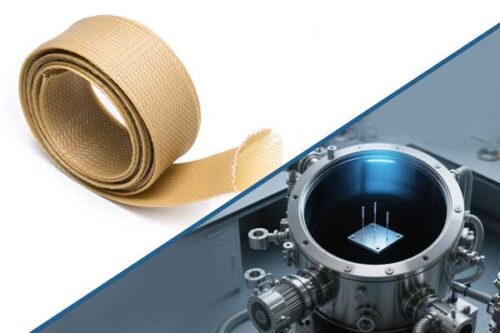A DIN rail terminal block is an essential electrical component used to protect and manage electrical systems by providing secure connections and safeguarding against overcurrent and short-circuiting. These terminal blocks are specifically designed to clip onto a DIN rail, which is a standardized metal rail commonly used in control cabinets to mount various electrical and electronic devices.

Key Features and Functions:
- Protection: DIN rail terminal blocks are crucial in protecting electrical systems from overcurrent and short-circuit conditions. By incorporating features like fuse elements, they help prevent damage to the system and enhance safety.
- Secure Connections: These terminal blocks ensure that wires are securely connected, reducing the risk of loose connections that could lead to electrical failures.
- Ease of Installation: They are designed for easy and quick installation. The terminal blocks snap onto the DIN rail without the need for additional tools, making the assembly and maintenance process straightforward.
- Modular Design: The modular nature of DIN rail terminal blocks allows for flexible configurations. You can easily add, remove, or rearrange the blocks to suit specific wiring needs, making them adaptable to various applications.
- Organization: Using terminal blocks helps in organizing wiring in a neat and systematic manner. This organization simplifies tracing and troubleshooting circuits, enhancing overall efficiency in electrical panel management.
Common Types:
- Feed-Through Terminal Blocks: Used for simple wire-to-wire connections, allowing current to pass directly from one terminal to another.
- Ground Terminal Blocks: Provide grounding connections, ensuring safe dissipation of electrical surges.
- Fuse Terminal Blocks: Include built-in fuses to protect circuits from overcurrent conditions, thus preventing potential damage.
- Disconnect Terminal Blocks: Enable quick disconnection of circuits for maintenance and troubleshooting purposes.
- Sensor and Actuator Terminal Blocks: Specifically designed for connecting sensors and actuators, commonly used in automation systems.
Applications:
- Industrial Control Panels: Widely used in industrial settings to organize and protect control wiring.
- Building Automation: Integral to HVAC systems, lighting controls, and other automated building systems.
- Energy Management: Essential in electrical distribution systems for managing and monitoring power flow.
- Transportation: Utilized in railway systems, automotive control systems, and other transportation-related electrical applications.
Standards:
DIN rail terminal blocks conform to international standards such as IEC (International Electrotechnical Commission) and UL (Underwriters Laboratories), ensuring they meet specific safety and performance criteria.
In summary, DIN rail terminal blocks are indispensable components in modern electrical systems, offering protection, secure connections, ease of installation, and organized wiring management. They play a vital role in ensuring the safety and efficiency of various electrical and electronic systems across multiple industries.


